Minimize and maximize: Dairy farm in Bulacan's key strategy is minimizing costs and maximizing resources
By BENJAMIN SARONDO
“One of the misconceptions about dairy farming and dairy business is that it is always about carabaos and cows, and that is what people know. They are not familiar with goat milk, which, as they say, is the closest to mother’s milk when it comes to taste,” Julius Velasquez, one of the owners of TJ Dairy Goat Farm located in Norzagaray, Bulacan, says in Taglish.

His wife, Thea Jannine Velasquez, is the other owner of the goat farm and dairy farm. Julius says that it was his wife’s dream to have a dairy farm. “My wife and I became more interested in starting our own goat farm and dairy business after visiting a farm in Pampanga,” he says.
Julius is an electrical engineering undergrad, while Thea is a graduate of accounting. Even without a background in goat farming, the couple decided to learn from reading books and watching online videos, and in 2021, they established TJ Dairy Goat Farm. Julius added that the most important way to learn is to experience it firsthand.
Purchasing assets
When Julius and Thea were starting their dairy farming journey, they spent thousands of pesos to purchase the necessities, such as the goats and goat house.
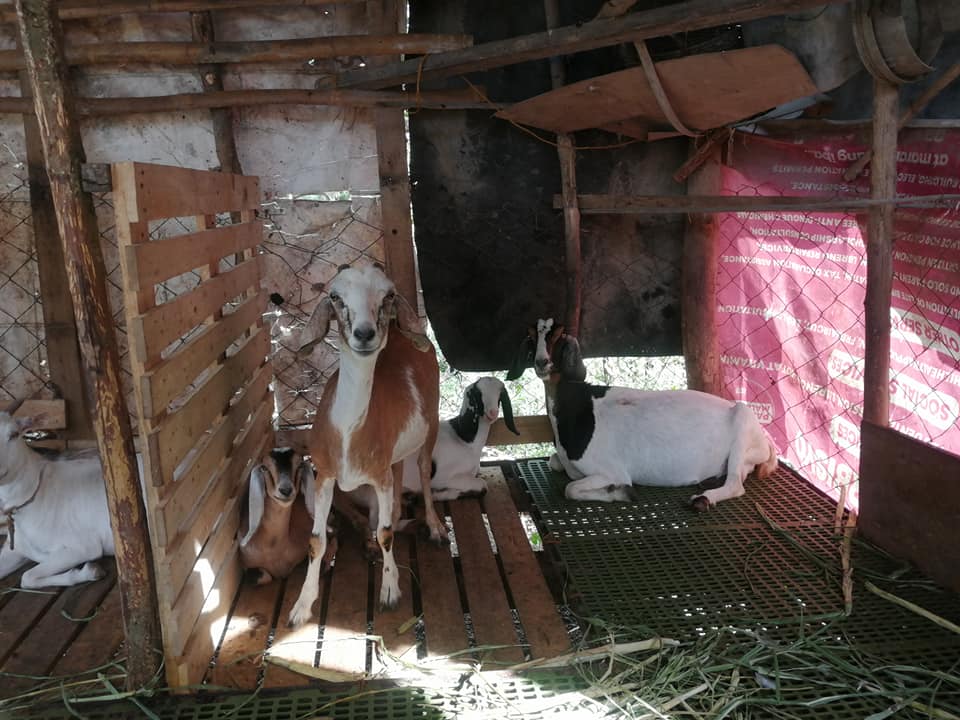
“We spent P10,000 for purchasing the goats—four heads of native goats—and P5,000 for the goat house. For an Anglo-Nubian goat, we purchased a buck for P15,000 and P30,000 for a doe,” Julius says.
Julius says that they only spend a small amount of money on the maintenance of the goats. He explains that they only spend P500 on native goats for vitamins and dewormers. They have the same approach to Anglo-Nubian goats, he adds.
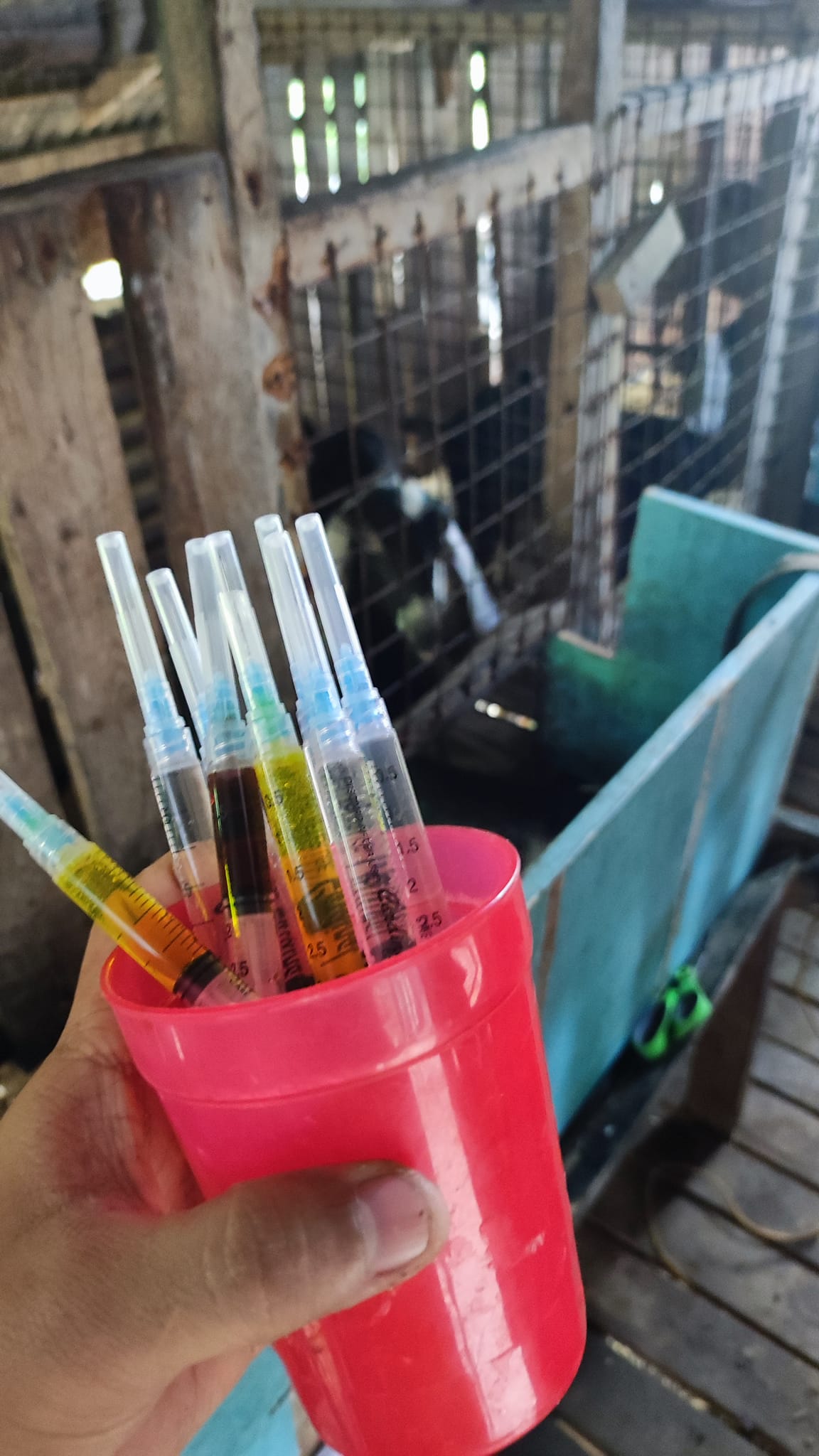
“On their food, we offer different varieties. We cut and carry Napier grass and other plants, such as moringa, mulberry leaves, river tamarind, banana leaves, indigofera, madre de agua, and many more,” Julius further explains, adding that they have stocks of corn silage and soya pulps, so when the weather is bad, they have something to feed their goats.
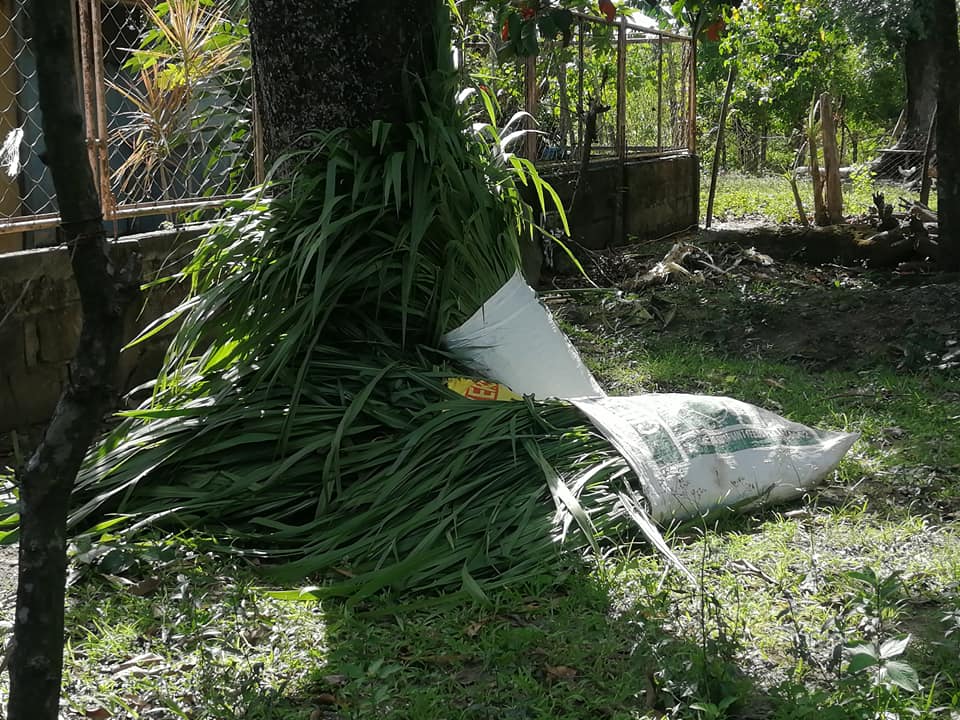
Avoiding risks
Dairy farming, according to Julius, is a meticulous job since goats are living. There is a possibility that they will die, especially when not taken care of responsibly and correctly. He says that they started with native and upgraded goats, which are low maintenance, so when the worst scenario comes where they get sick and die, it will not cost a large amount of money.
Also, visiting big dairy farms was very helpful since they witnessed how dairy farming works. They learned what to do and what to avoid.
Julius adds that in constructing a goat house, they followed specific measurements, which are highly advised by other dairy farmers. One thing he considered was the space between the floor of the goat house and the ground. “It is necessary that the goat house is high from the ground where the goats’ manure and urine fall off because it releases ammonia that the goats must not smell.” Doing this helps prevent the goats from getting sick and weak. He added that it is important that the goat house has proper ventilation and good air flow.
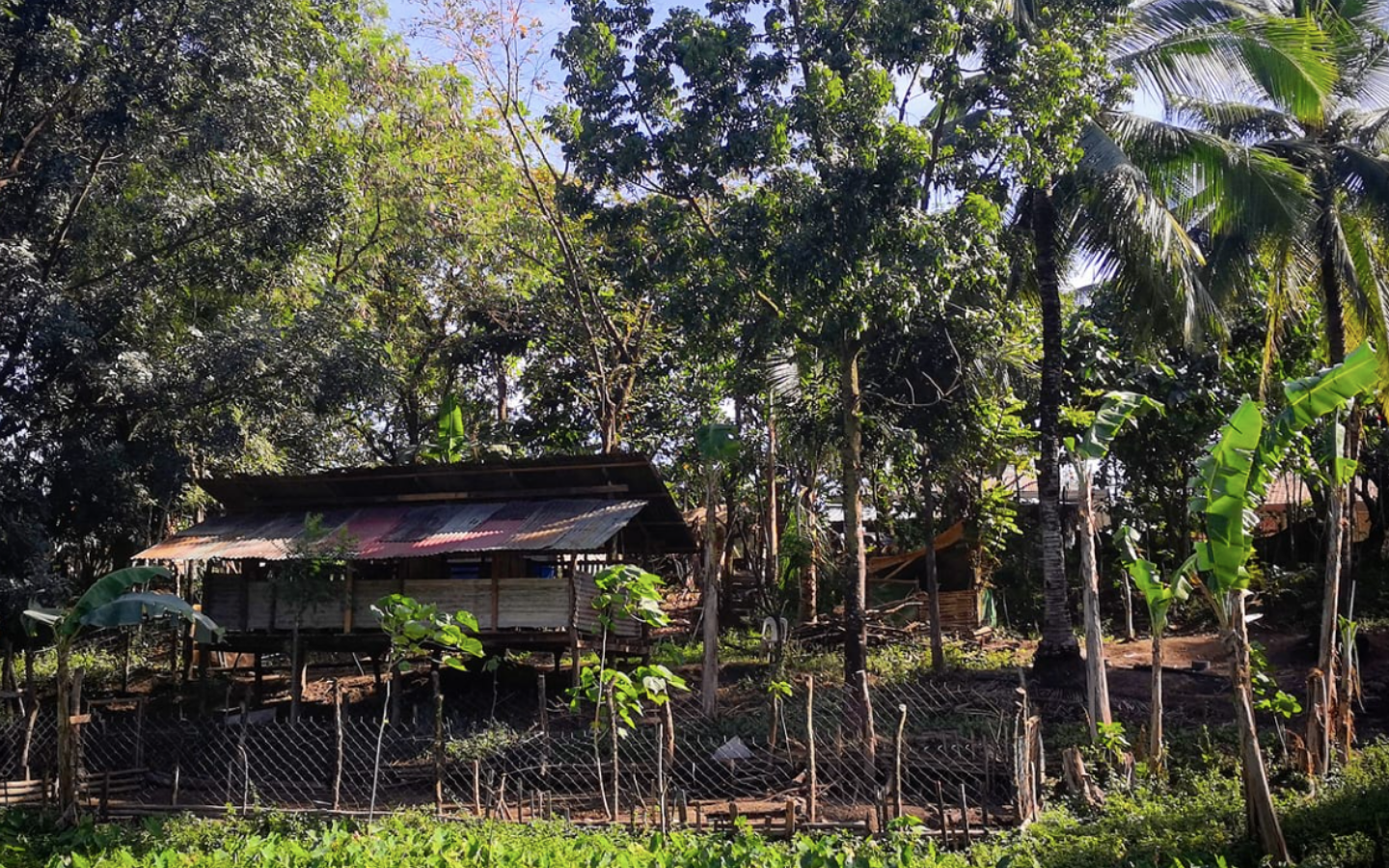
To avoid spending a lot of money, Julius said that they minimize their costs and maximize their resources by planting Napier grass and other plants in vacant lots nearby their dairy farm. Planting the goat’s food makes them confident that it is healthy and safe to consume. He also used good and readily-available materials for the goat house.
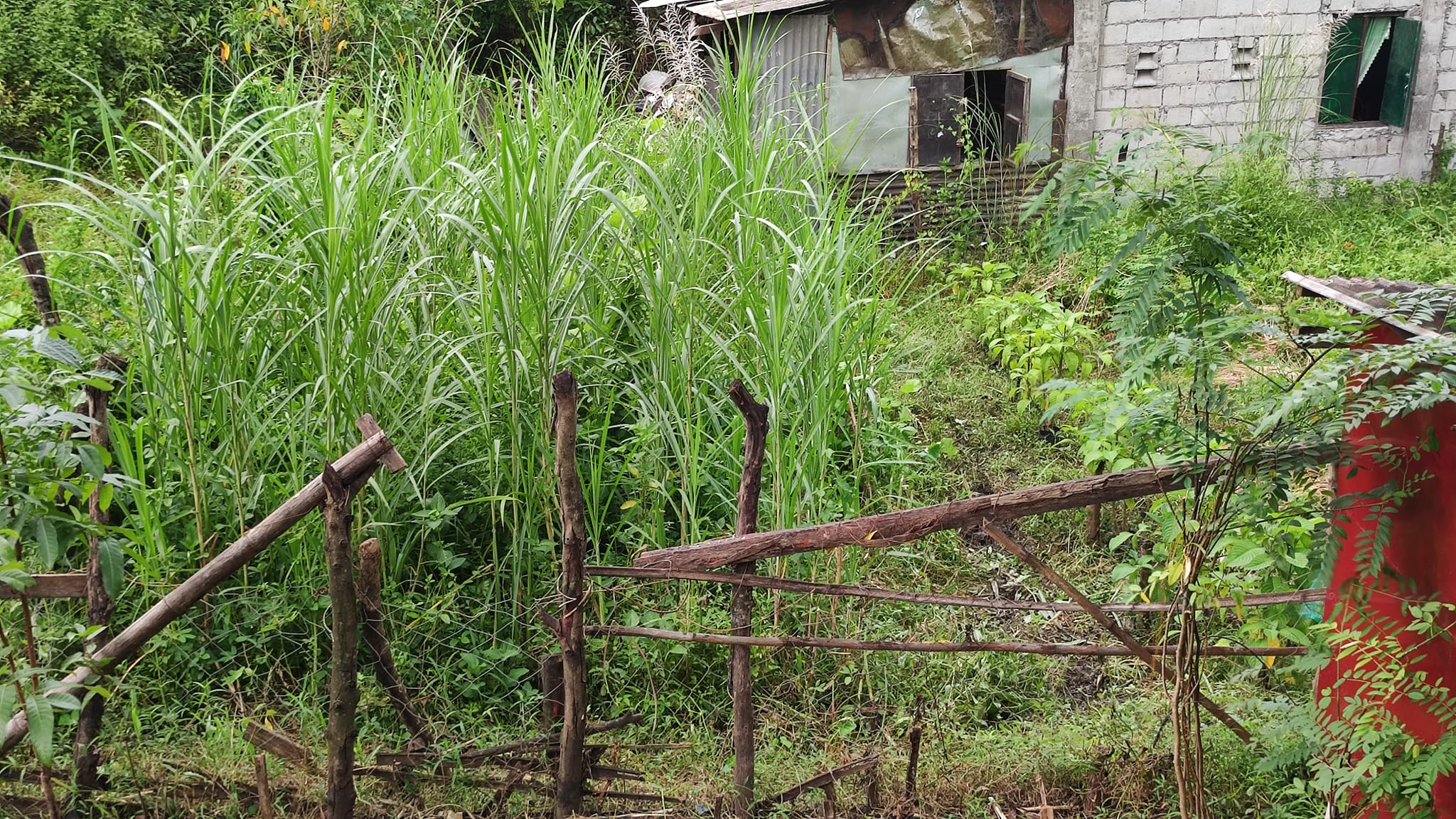
Daily dairy farming
Julius said that he is the one monitoring all the goats, and he did not hire people to do other tasks on the dairy farm. “I am very hands on in taking care of the goats,” he explains. “Especially when a goat is pregnant, I always make sure that I am present to help the goat deliver its kids.”
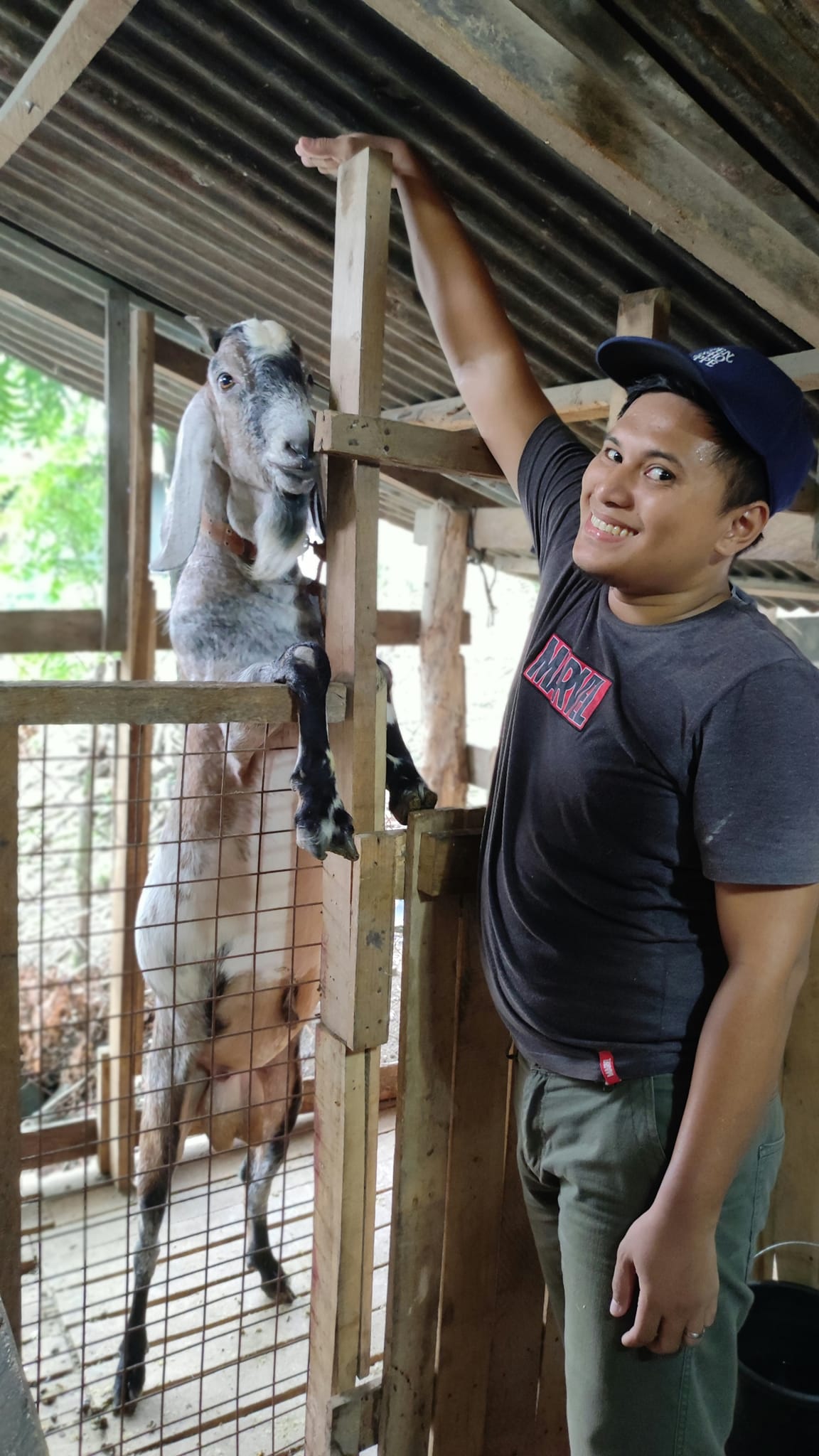
He also has a specific time for feeding the goats in the morning, afternoon, and evening. Most importantly, he never neglects maintaining the cleanliness of the goat house. “I also follow a schedule for deworming the goats and giving them vitamins,” he adds.
They struggled at first because they did not have any experience or background in dairy farming. “Instead of multiplying the number of goats on the farm, the number of heads decreased,” Julius recounts. As they learned the correct ways of taking care of goats and how to properly conduct dairy farming, their situation improved.
Another challenge, however, that TJ Dairy Goat Farm is dealing with is the lack of food sources. “The number of vacant lots is decreasing; it will be hard for us to source food out. So what we do is outsource tons of silages from other provinces so we will have stock foods for the goats,” Julius says.
Products of hard work
As far as Julius is concerned, they already had a goat farm by 2018. But they slowly shifted to dairy farming because they realized it was a good business. “We saw a lot of possibilities and opportunities in dairy farming, as well as the needs of our country for dairy products and supplies,” he explains.
“You can offer different kinds of products once you start innovating goat’s milk. You can make desserts, like pastillas and ice cream. You can also turn it into cheese or beauty products. The list of products can be endless if you have the means and technology to process them,” he adds.
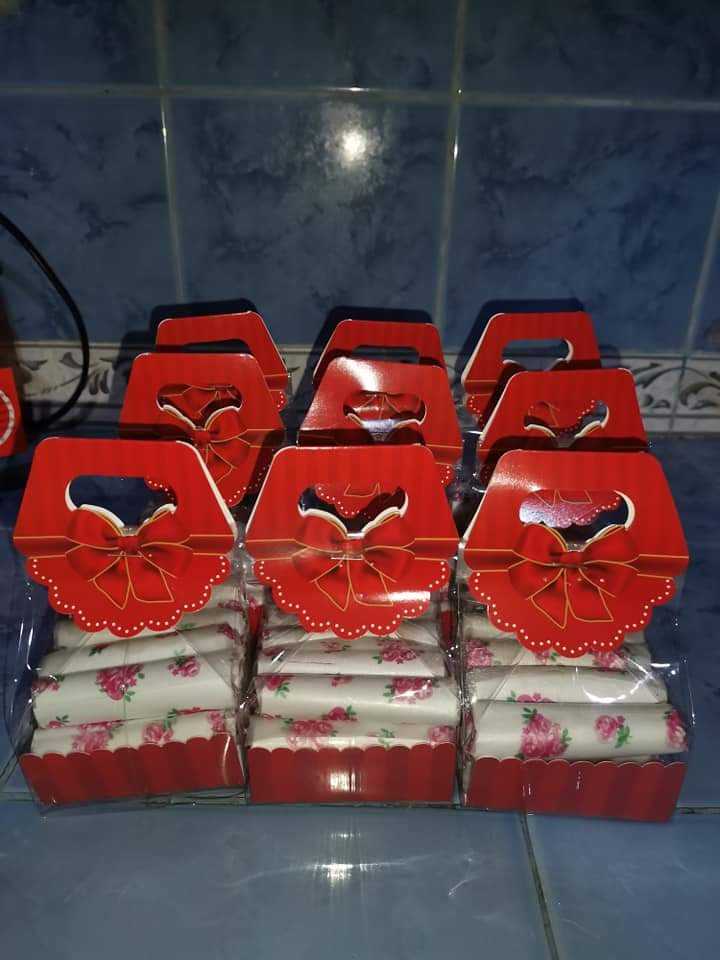
TJ Dairy Goat Farm focuses on selling goat milk—pasteurized and unpasteurized. Most of their customers are dog breeders that purchase unpasteurized goat milk because of how beneficial these are for pets with digestive problems. To offer variety to their market, Thea is perfecting pastillas de leche. Julius says that, in the future, they hope to sell cheese and beauty products made of goat milk, as well.
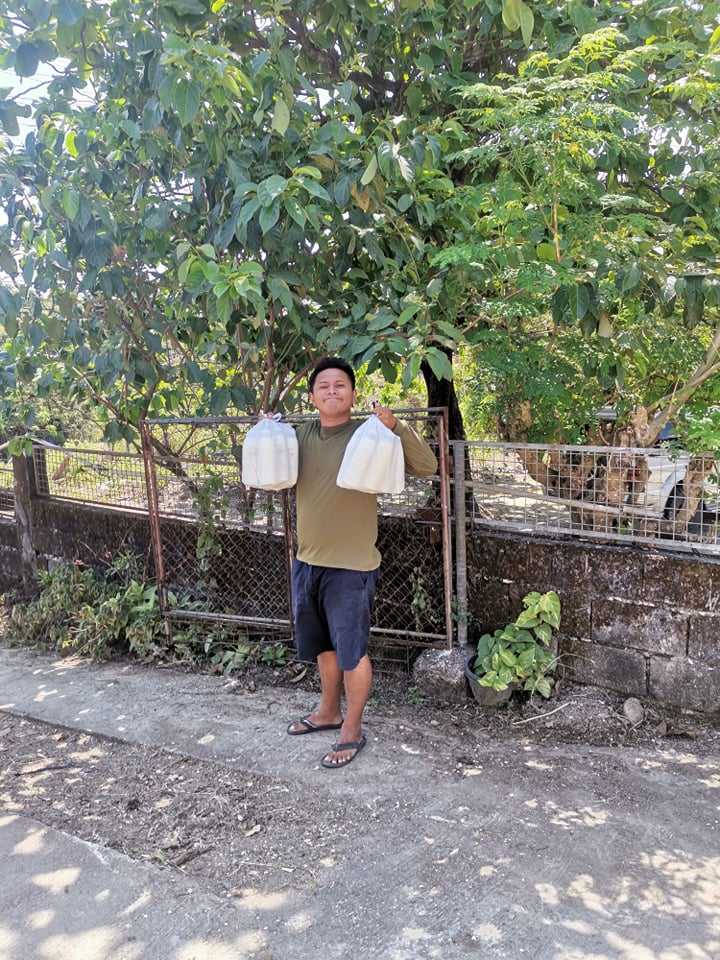
But dairy farming is not a kind of business with instant profits. “It is a very long process,” Julis warns. “You cannot produce goat milk in an instant; you will have to wait at least five months before goat’s milk is productive.”
As a dairy farmer, Julius devotes 24 hours every day checking up on his goats. “Unlike other work where you only spend eight hours, dairy farming is different; aside from the accomplished tasks during the daytime, you still have to keep an eye on the goats during the night to make sure that they are all doing well,” he says.
"But I love what I am doing,” Julius quickly adds. He considers all of his time and efforts worth it just by seeing his goats healthy. That is why seeing newborn kids on the dairy farm is always a joy.
Photos by Julius Velasquez